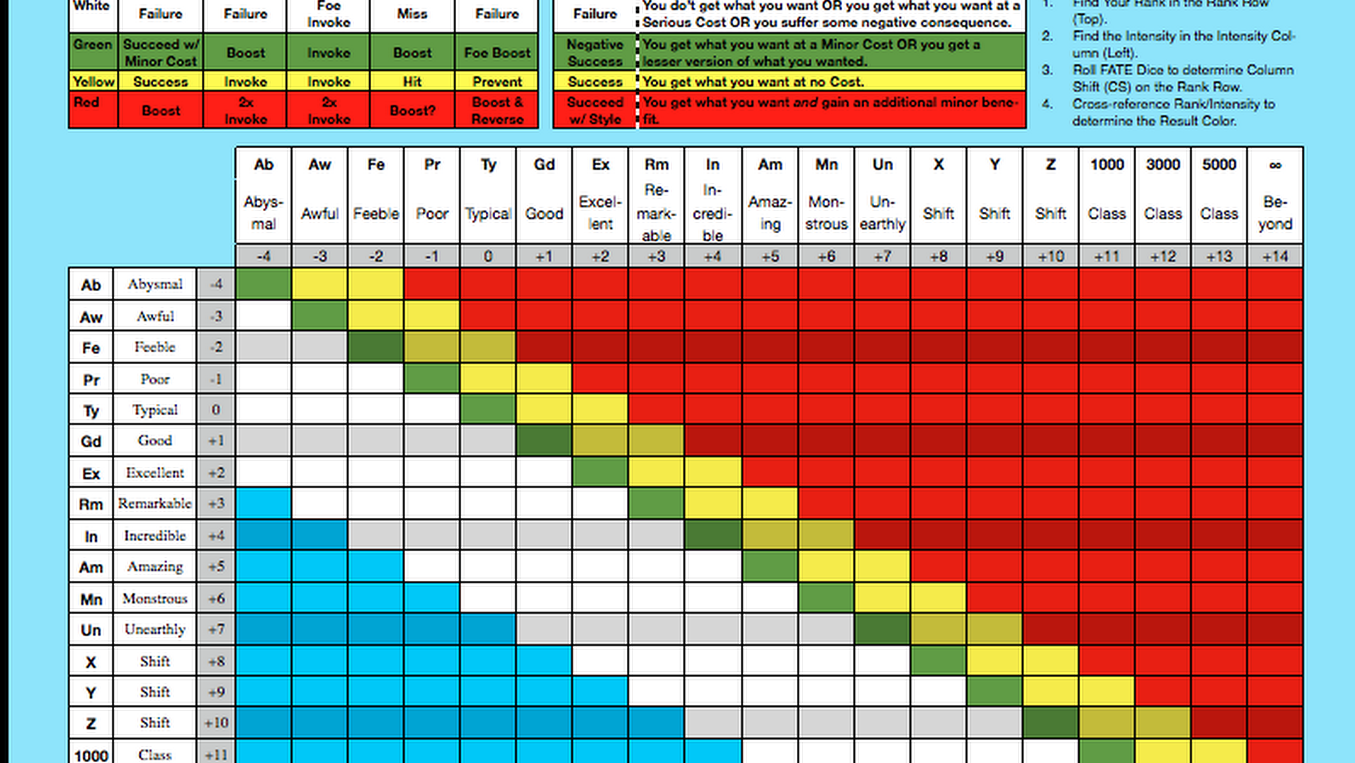The Marvel Super Heroes Advanced Set version of Project Wideawake, Children of the Atom called itself the official guidebook to mutants. That means the good and the bad. And there is a lot of bad in this one.
Angel, Avalanche, El Aguila, Aurora, — Ariel, Annalee, Ape, Apocalypse, Arcade, Amphibus, Acanti, Astra,
Banshee, Beast, Binary, — Black Bishop, Black King, Black Queen [Selene], Black Rook, Blob, Beautiful Dreamer, Burner, Black Tom, Barbarus, Brainchild, Brood,
Changeling, Colossus, Cyclops, Rusty Collins, Cannonball, Cypher, Lila Cheney, Dr Valerie Cooper, Peter Corbeau, Corsair, Ch’Od — Catseye, Chance, Callisto, Caliban, Joseph “Licorice” Calhoun, Mr Chambers,
Dazzler, — Destiny, Devil Dinosaur, Darkstar, Diamond Lil, Deathbird,
— Empath, Erg, Willie Evans Jr, Equilibrius, Earthquake, Electron,
Firestar, Forge, Sharon Friedlander, — Alexander Flynn, Frenzy, Flashback, Fenris [Andrea/Andreas Strucker], Fang,
Peter Henry Gyrich, — Gremlin, Gypsy Moth, Gaza, Gladiators, Gladiator,
Havok, Stevie Hunter, Hepzibah, — Healer, Cameron Hodge, Hobgoblin, Hussar,
Iceman, — Imperial Guard, Impulse,
Karma,
— Jetstream, Juggernaut,
Lockheed, Lilandra, — Lorelei, Leech, Link, Lifter, Legion, Miss Locke, Lady Deathstrike, Living Monolith, Lupo,
Magneto, Mimic, Marvel Girl, Arthur Maddicks, Magik, Magma, Mirage, Moira MacTaggert, — Mastermind, Mystique, Madrox, Moon Boy, Masque, Mandrill, Mesmero, Magus, Morlocks, Magic, Manta, Mentor, Midget,
Nightcrawler, Northstar, — Michael Nowlan, Nekra, Nuklo, Nightshade, Nimrod
Phoenix [original], Phoenix [current], Polaris, Professor X, — Pyro, Piper [Morlock, Plague, Poltergeist, Peeper, Proteus, Piper [Savage Land],
Quicksilver,
Oracle,
Quasar,
Rogue, Judith Rassendyll, Raza, — Roulette,
Shadowcat, Storm, Sunfire, Skids, Sunspot, Scarlet Witch, Amanda Sefton, Sikorsky, — Spider-Woman, Spiral, Siryn, Sunder, Slither, Shocker, Sabertooth, Silver Samurai, Sauron, Smasher, Starbolt, Sidri, Sentinels [Mark I-VI, X, Alpha, Omega,],
Thunderbird (original), Tattletale, — Tessa, Tarot, Thunderbird [current], Toad, Time Bomb, Tar Baby, Timeshadow, Taskmaster, Larry Trask, Tempest, Titan,
— Unus, Ursa Major,
— Vanisher, Vanguard, Viper [and agents,],
Mariko Yashida,
Wolverine, Warlock, Wolfsbane, Waldo — White Bishop, White King, White Queen, Whirlwind, Warstar,
Compare 100 pages of this to 200+ of Champions Worldwide. Great value character density thanks to the triple column format and simple but descriptive game stats of MSH. Best value monster manual style supplement I ever came across that wasn’t a GHOTMU.
It wasn’t just my imagination over the years how good a deal this one was :-
1.84 Character Density [Otherwise know as The Leader]
